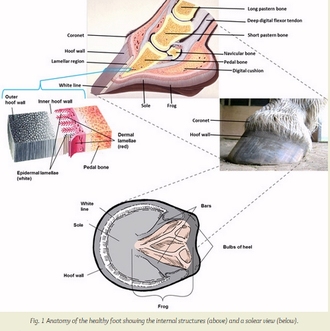
At least 3,333 horses and ponies are needed to join the Care About Laminitis study, which is taking place over 2 years, starting July 2014. These can be horses/ponies that have already had laminitis, currently have laminitis, that have EMS or PPID, or that have never had laminitis and don't appear to be at risk. Owners can enrol more than one horse.
The research aims to find out how many horses and ponies are affected by laminitis, and what factors increase/decrease the risk of a horse/pony developing laminitis, particularly focusing on management factors that owners can control. The project also wants to provide owners with guidelines to reduce the impact of laminitis.
You can register your interest in taking part in the study now, and registration will open at the end of this month. You will need to provide basic details (address, vet, hoof care professional) and give information about your horse/pony, turnout and management of grazing, stabling, feeding, exercise, transport, hoof care. health management and recent health history, and asked to record any changes every month. You'll be sent a weight tape and asked to track your horse's weight online, and if your horse does get laminitis you will be asked to report it.
This is a great opportunity for owners to become involved in research that could help the health and welfare of their and other horses.
(Originally posted 04 July 2014, last update 07 Oct 2015)
Owners who have registered with the CARE About Laminitis study are sent a booklet and tape measure with clear instructions of how to body condition score, neck crest score and calculate the weight of their horse. These details are entered online enabling owners to track increases and decreases in their horse's weight/fat - a great incentive for those that are dieting!
We suggest getting together with a friend to go through the measuring and recording - it's easier to be objective and it's fun - below, Claire (founder of the Facebook EMS, PPID & Laminitis UK Group) and Andrea from TLS carry out Oscar's initial assessment.
More horses are needed for the CARE About Laminitis research - 537 are registered, over 3000 horses and ponies with or without a history of laminitis are needed. As an extra incentive, owners registering before the end of December will receive 10% off any purchase from the AHT online shop, and each time an owner registers and updates their information their name will be entered into a prize draw - the first draw will take place at the end of November to win £50, £30 and £20 vouchers for The Saddlery Shop.
Oscar's CARE About Laminitis diary - Nov 2014
"We are due mid November to submit Oscar's 3rd lot of recordings. Not able to submit measurement details yet online but recording them on the booklet for now.
I do go back to the baseline questionnaire to edit details that have changed. In our case it's been about forage, changing from rye to meadow hay. Come Novembers submission I will be logging the slight changes to the grass management and the increase on hay.
I have a great tip if you are alone measuring your horse especially when it comes to shoulder to buttock measurement. With a piece of sticky tape on the end of the tape measure, place/stick this on the point of shoulder and you can conveniently walk to point of buttock and take the measurement. Very easy to do!
I look forward to taking Oscar's November details as I believe I can see a reduction in Oscar's neck crest. The telling will be in the measuring!"
We have now had one year of religiously doing the monthly weigh-ins with Oscar for the CAL project.
Oscar weighed in via the tape measuring and score system according to the CAL booklet at 576 kg in September 2014, giving him a BCS of 4.
At the time he was strip grazing a paddock on an ex-dairy farm livery yard and stabled during the day. Exercise during that summer was limited due to transitioning to barefoot from iron shoes, a choice made due to signs of unhealthy feet.
December 2014 Oscar moved to an old meadow pasture and living out 24/7 with field shelter access. This came with new management strategies as the grass was very long! Strip grazing through the winter he grazed himself a track.
September 2015, a whole year on, and Oscar weighed-in at 521 kg, with a BCS of 3 - I am very pleased to be going into winter with a horse in good condition - not fat, not thin.
I anticipate some further weight loss during the winter, keeping the current management regime alongside increased ridden exercise.
Continuing with the CAL monthly weigh-in I will be able to monitor any weight changes and can act accordingly. It has taken a long time of strict control of dietary intake and endless exercising to get to this position! Removing him from ex-dairy grazing and offering 24/7 turnout on a track to encourage more movement and fitness certainly appears to have helped. However his weight will always always be watched!

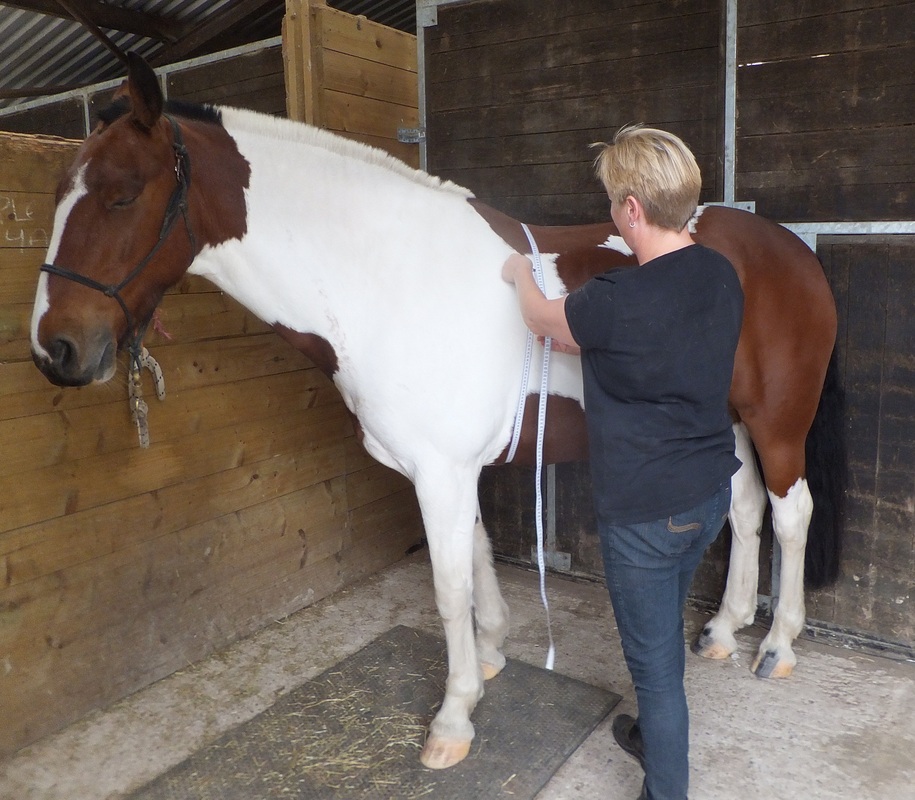
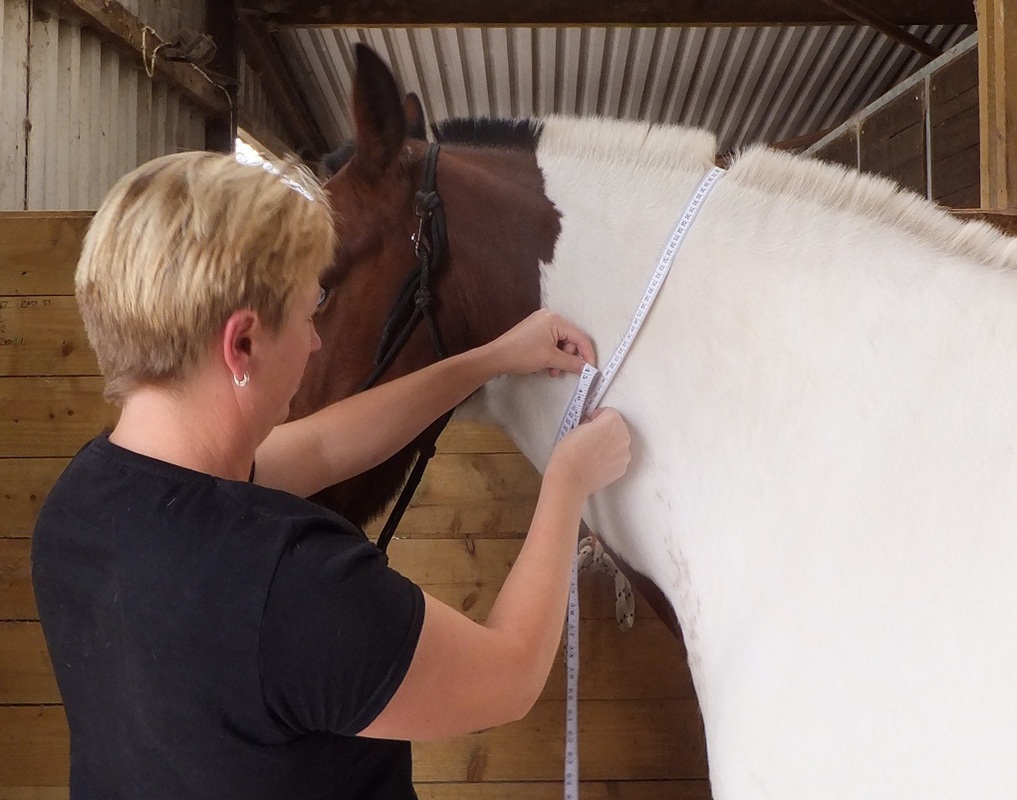
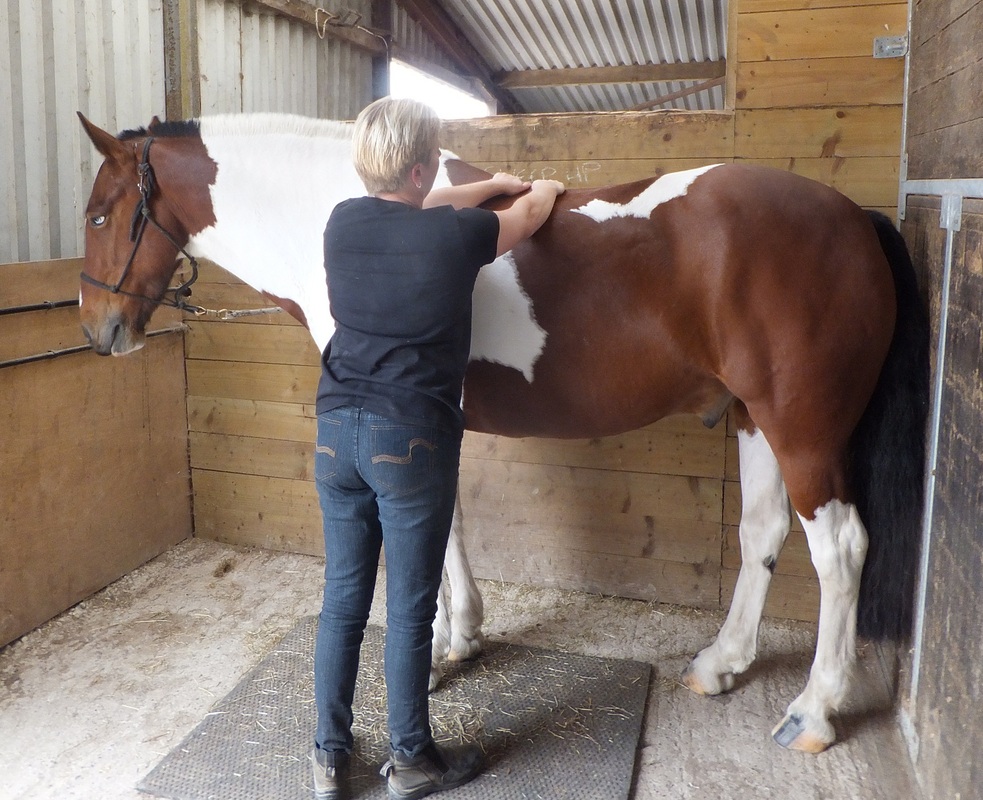
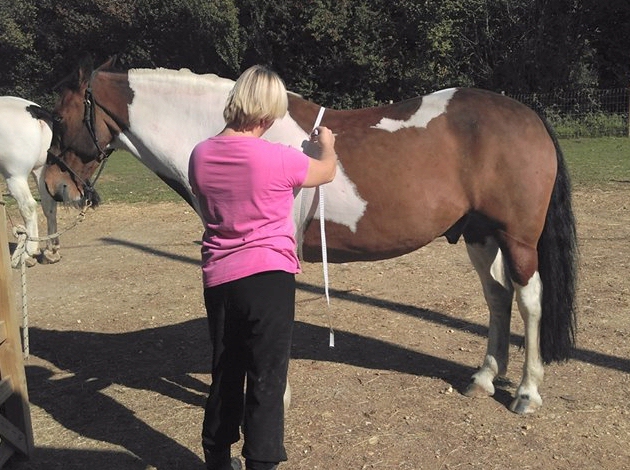
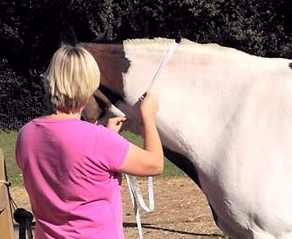
 RSS Feed
RSS Feed